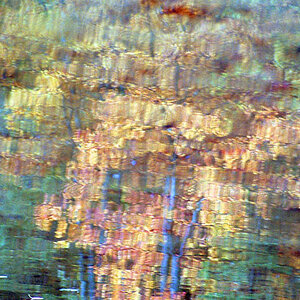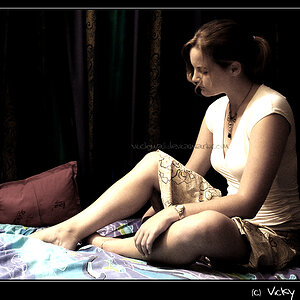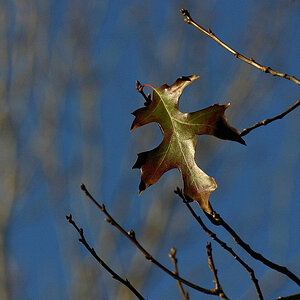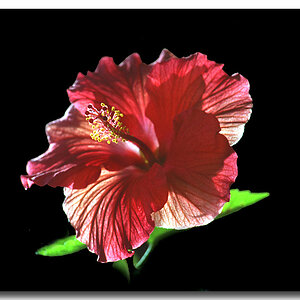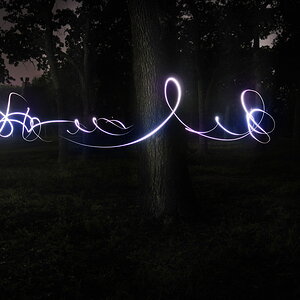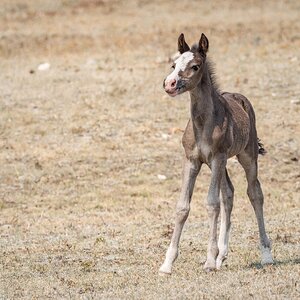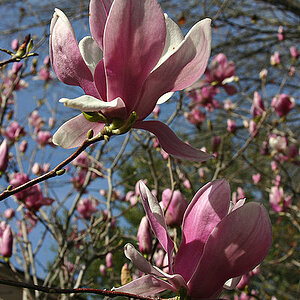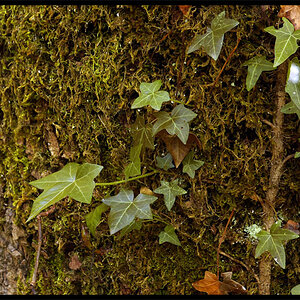- Joined
- May 16, 2007
- Messages
- 961
- Reaction score
- 11
- Website
- www.deadeyestudio.com
- Can others edit my Photos
- Photos OK to edit
Understanding how F stops translate into numbers so as to clearly communicate a scenario. ~
Just not fully understanding how to do this after studying the light ratios chapter of "Master Lighting Guide"
If each F stop increase doubles the light reaching the film plane then why a change from f11 to f8 only allows twice the light increase.
I am truly confused Please explain to me as I am feeling idiotic.
Just not fully understanding how to do this after studying the light ratios chapter of "Master Lighting Guide"
If each F stop increase doubles the light reaching the film plane then why a change from f11 to f8 only allows twice the light increase.
I am truly confused Please explain to me as I am feeling idiotic.




